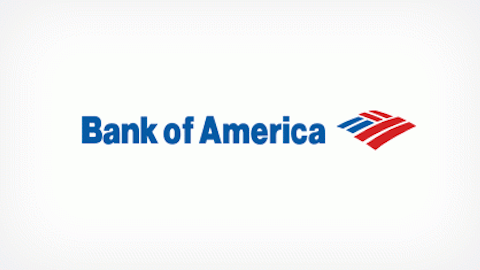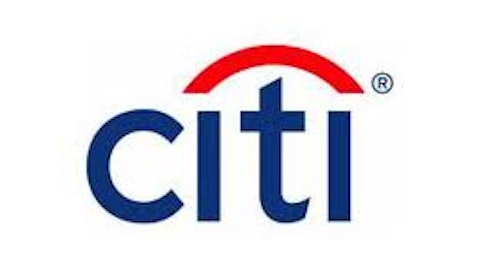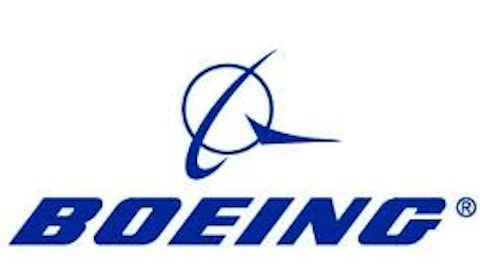Class A Warrants carry a strike price of $13.30, expire on Jan. 16 2019, and have the strike price adjusted downward for dividends in excess of one cent per quarter. Although out of the money at the moment, the strike price is actually below BofA’s tangible book value. To add to that, the strike price adjustment may begin to take effect in the upcoming quarters as the bank will likely be looking to raise its dividend from the current one cent per quarter. Closing at $5.66 on March 5, the Class A Warrants have a breakeven around $19 per share. For aggressive Bank of America Corp (NYSE:BAC) investors, two times leverage for this breakeven might make a good investment.
High Risk: Bank of America Class B Warrants (NYSE:BAC-BW)
If Bank of America Class A Warrants were for the aggressive investor, Bank of America Class B Warrants would be for the ultra-super-aggressive investor. These warrants have a similar origin as the Class A Warrants but carry a much higher strike price and less favorable strike price adjustment terms.
Not surprisingly, the market is pricing these warrants much lower than their Class A cousins. With a strike price of $30.79, BofA shares are currently a long way from the strike price. Additionally, the dividend required to begin adjusting the strike price is $0.32 per quarter and the warrant expiry date is Oct. 18, 2018. But a closing price of just under $0.73 each on March 5 gives investors the opportunity to leverage BofA shares around 15 times.
These warrants are only for the most aggressive BofA speculators. Those who foresee BofA surging in value over the next five years on the back of earnings growth and reduced uncertainty may find a play into the high risk end of BofA investments attractive. Even though share dilution from the bailout will make regaining its pre-recession highs more difficult, if Bank of America Corp (NYSE:BAC) can draw upon its Merrill Lynch and Countrywide acquisitions to stop producing lawsuits and start producing profits, coordination with the BofA financial powerhouse could begin generating strong earnings for the banking giant once again. For this reason, I will not dismiss the Class B Warrants–rather, I will classify them in the high risk category where many other speculative, yet profitable, investments have originated from.
Bank of America- Bank of Opportunity
This BofA slogan also makes a good summary for the ways to invest in BofA. Investors who want to play BofA with less risk can buy BofA shares to profit from earnings growth and collect the penny per quarter dividend until the bank is given approval to increase it. Less risk adverse investors may want to leverage their exposure to BofA with the warrants available on the open market. Either way, if BofA can put its last ugly few years behind it, the recovery that has pushed the Dow northward could extend to Bank of America over the coming months and years.
A Note on Bank of America Warrants
When writing about warrants, specifically financial bailout based ones, many investors are interested in where they can find the warrants for further research. The Bank of America Corp (NYSE:BAC) warrants are publicly traded and can be purchased through most brokerages, online or otherwise. However, the warrants’ ticker symbols are not universal across different platforms, and this has led to some confusion. While not all financial websites list the warrants, they are viewable at Yahoo! Finance as BAC-WTA for the Class A Warrants and BAC-WTB for the Class B Warrants. For more information on the warrants or to find the symbol your brokerage firm lists them as, a quick call to your firm should be enough to get any necessary information to better research your investment.
The article From Shares to 15 Times Leverage: Bank of America originally appeared on Fool.com and is written by Alexander MacLennan.
Copyright © 1995 – 2013 The Motley Fool, LLC. All rights reserved. The Motley Fool has a disclosure policy.



